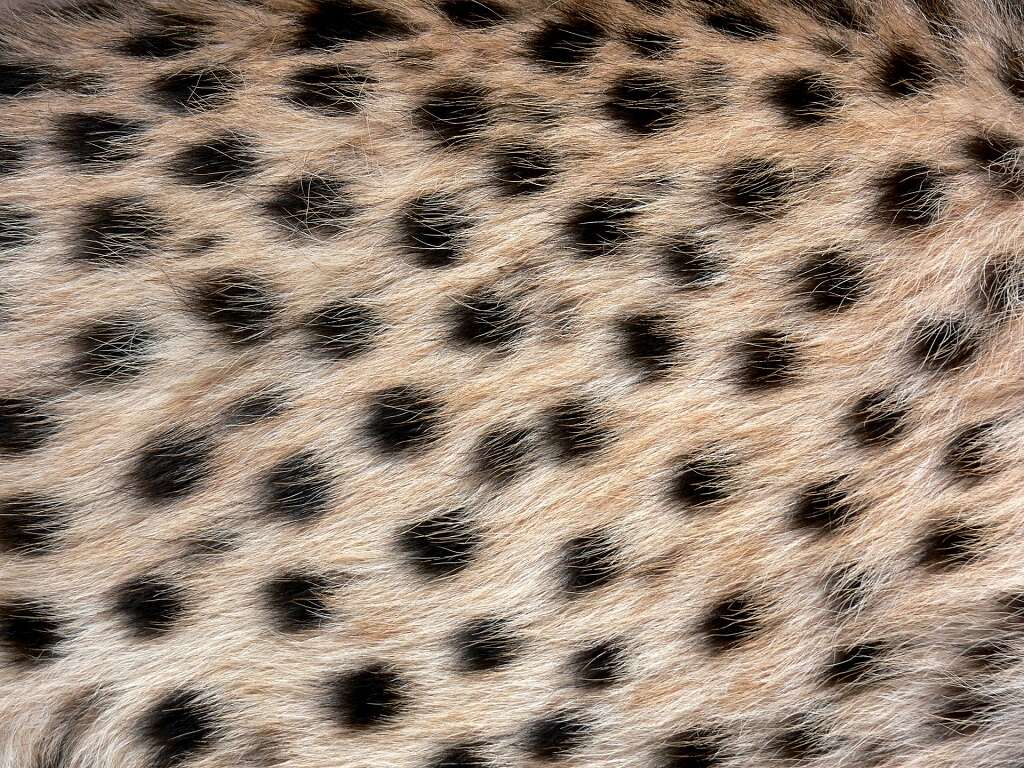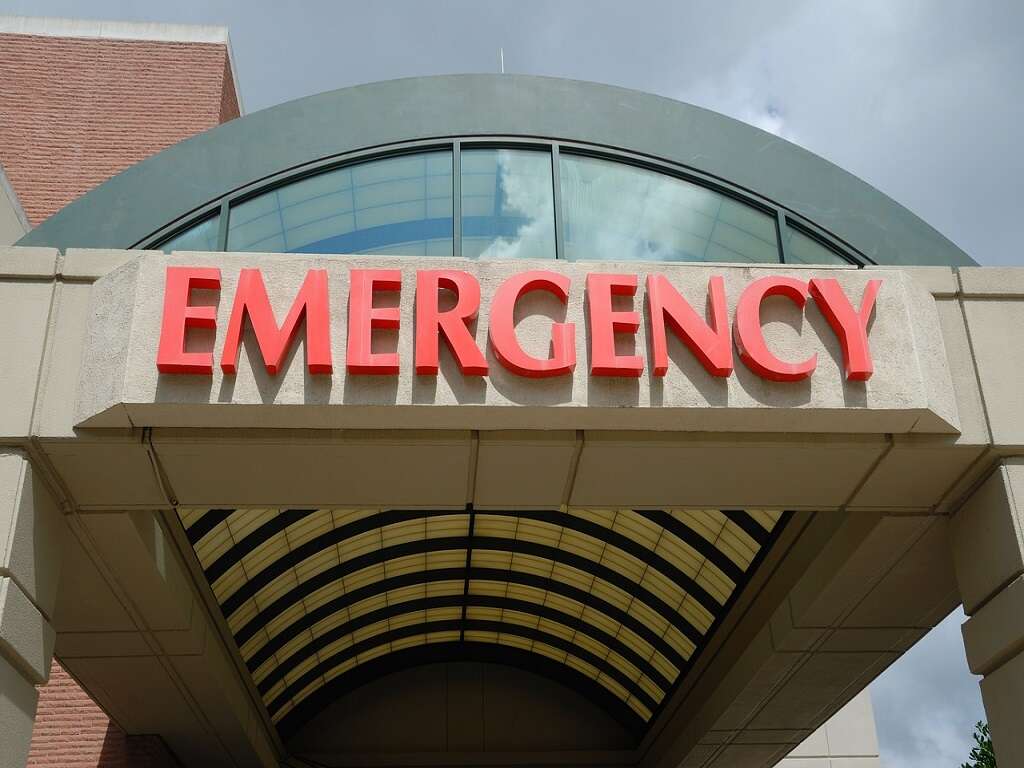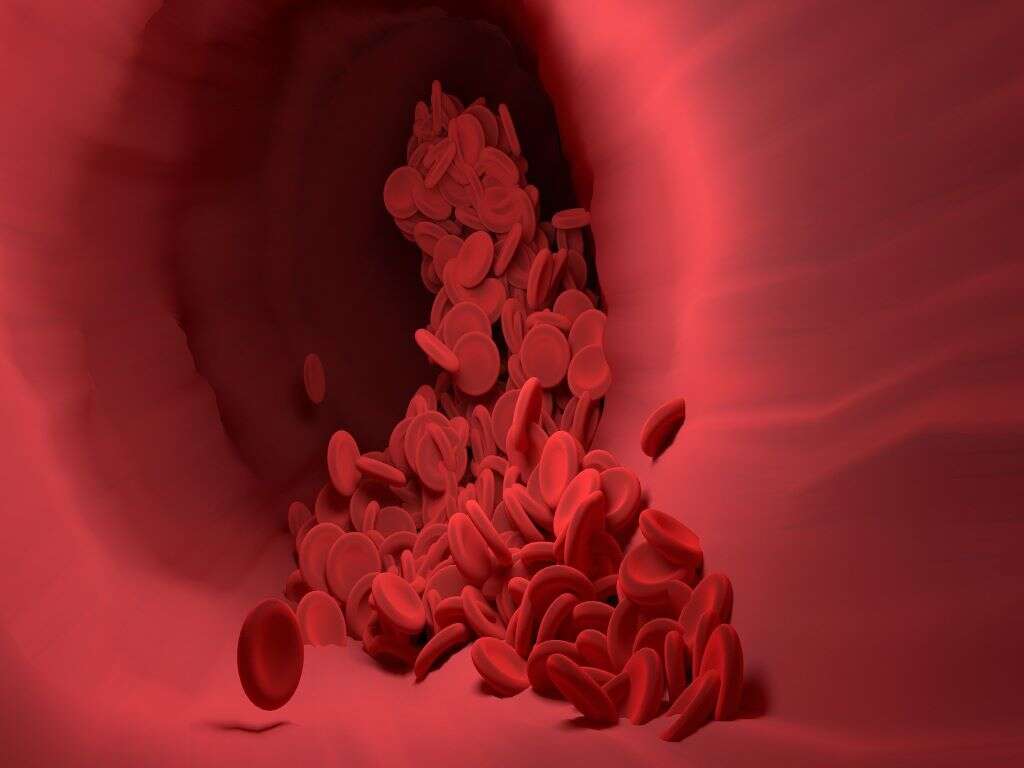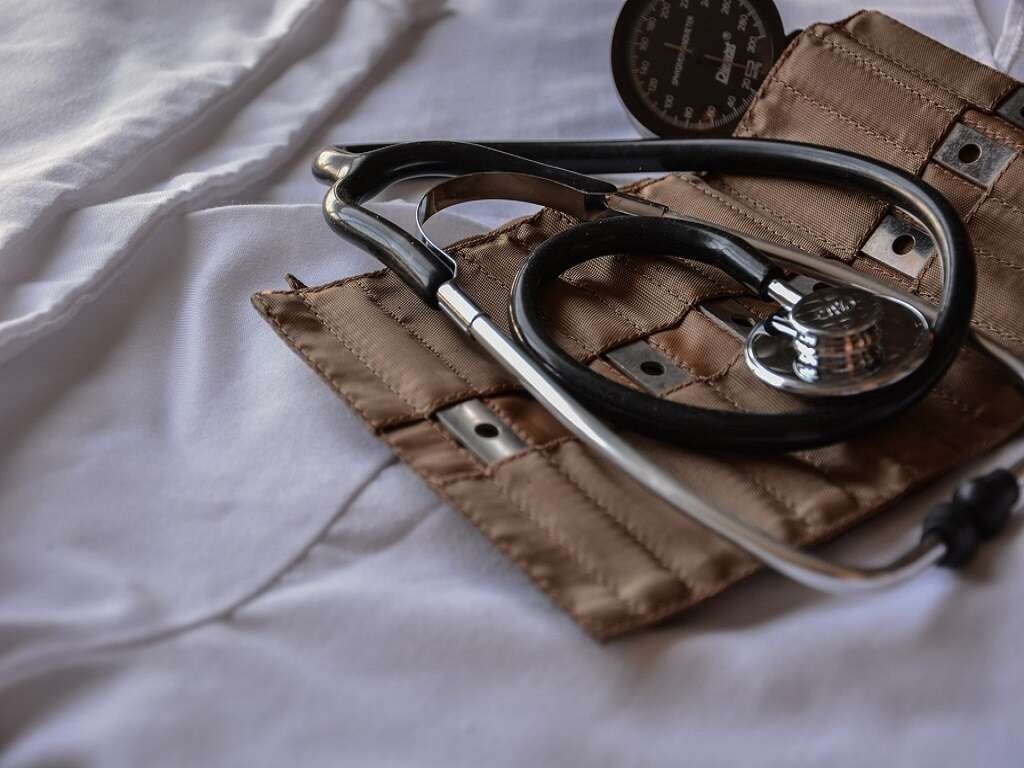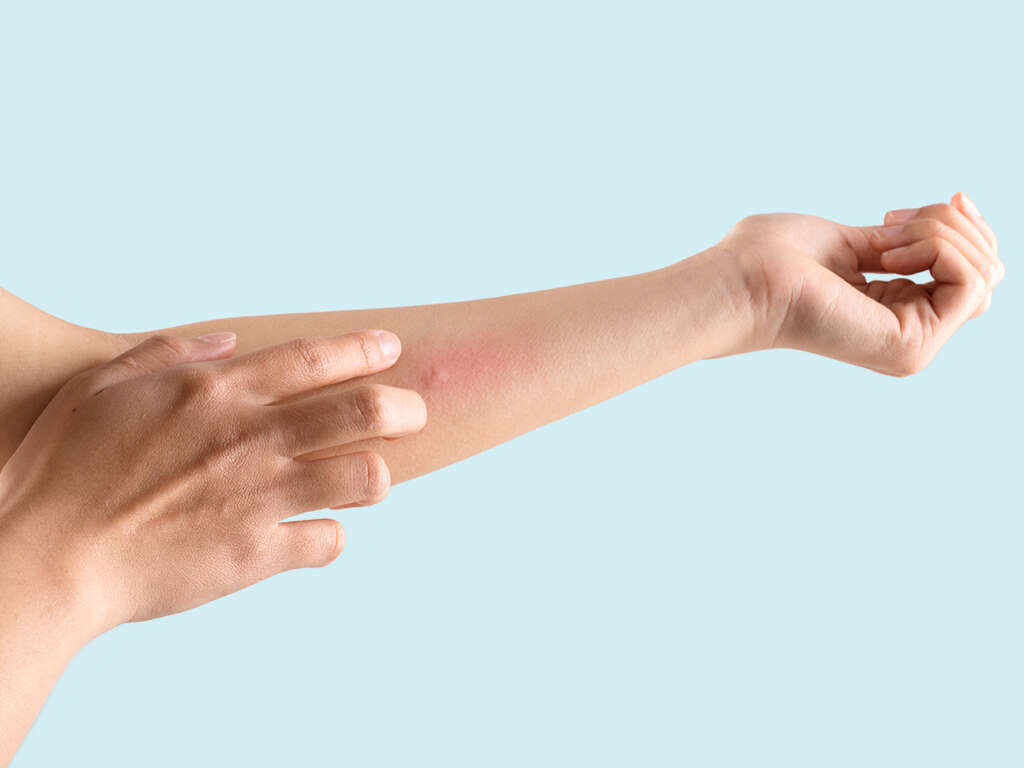10 Flesh Eating Bacteria Symptoms
 Article Sources
Article Sources
- 1. 'Necrotizing Fasciitis: Acting Fast Is Key.' Centers for Disease Control and Prevention, Centers for Disease Control and Prevention, 31 Dec. 2019, www.cdc.gov/groupastrep/diseases-public/necrotizing-fasciitis.html
- 2. 'Get the Facts about Necrotizing Fasciitis: The Flesh-Eating Disease.' APIC, apic.org/monthly/alerts/get-the-facts-about-necrotizing-fasciitis-the-flesh-eating-disease/
- 3. 'Necrotizing Fasciitis.' NORD (National Organization for Rare Disorders), 28 Oct. 2019, rarediseases.org/rare-diseases/necrotizing-fasciitis/
- 4. 'Fever: Symptoms, Causes, Care & Treatment.' Cleveland Clinic, my.clevelandclinic.org/health/symptoms/10880-fever
- 5. 'What Is Sepsis?' Centers for Disease Control and Prevention, Centers for Disease Control and Prevention, 27 Jan. 2021, www.cdc.gov/sepsis/what-is-sepsis.html
Ulcers or Black Spots
As the initial swollen area expands and spreads, dark spots can develop in the affected skin. These can turn black, purple, or red. Within a short time, the dark spots may develop into ulcers or blisters.
As these ulcers form and fill with fluid or pus, other flesh-eating bacteria symptoms may worsen. For example, the pain may become intolerable at this point, which can alert the individual and medical professionals to the severity of infection.
Advertisement
